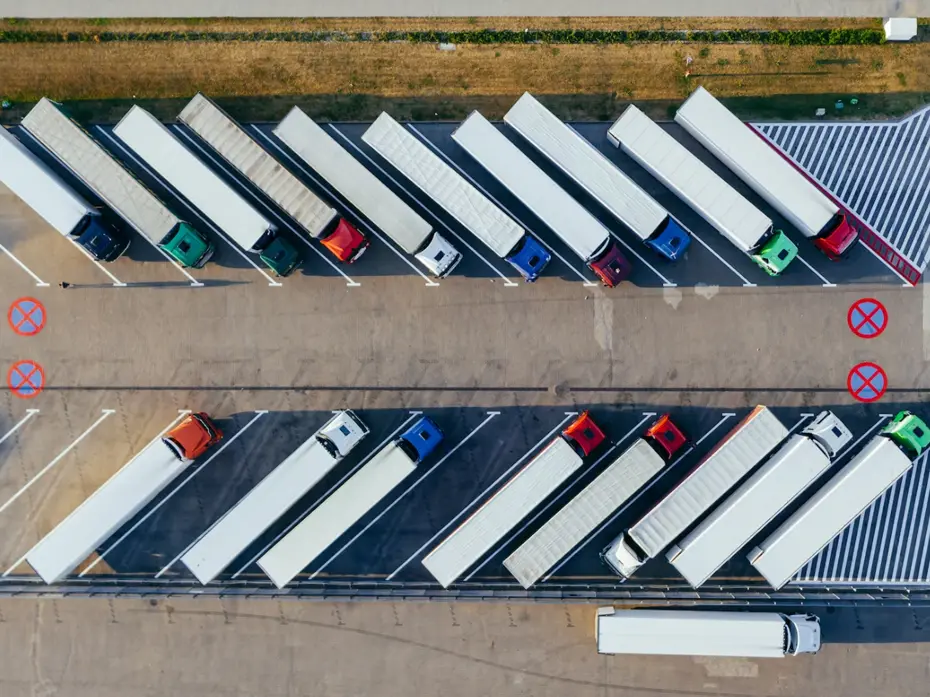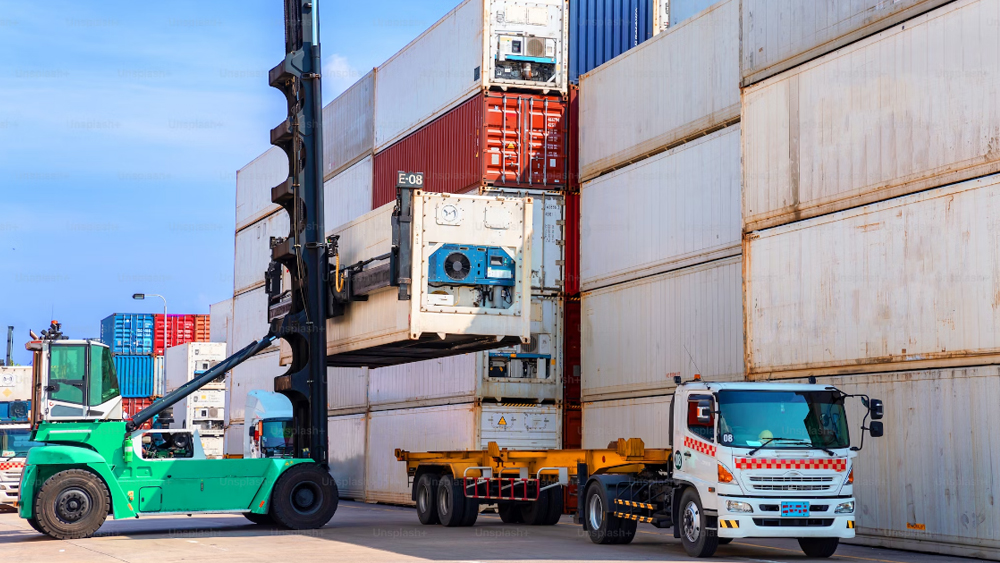What is an ADAS camera?
What is an ADAS camera
An Advanced Driver Assistance System (ADAS) camera is a type of automotive camera sensor that collects data to assist drivers in performing certain tasks such as lane-keeping and collision avoidance. Depending on the vehicle and its functionalities, there can be front-facing, side-facing, and rear-facing ADAS camera sensors.

Front-facing cameras are the most common type of ADAS cameras, while side and rear cameras are also becoming more popular. Front-facing ADAS cameras are installed inside the vehicle, near the rearview mirror, on the windshield. Most car manufacturers use one to two front-facing cameras. The front-facing ADAS camera provides sensor data to inform multiple ADAS systems, including:
1. Lane Departure Warning – Camera tracks road markings
2. Lane Keeping Assist – Views lane markings and forward path
3. Road Departure Mitigation – Especially road edge markings
4. Traffic Sign Recognition (some with dedicated cameras)
5. Forward Collision Warning – Camera looks for obstacles
6. Automatic Emergency Braking – Detects distance to the next vehicle
7. Adaptive Cruise Control – Detects and measures distance to the next vehicle
8. Pedestrian Detection – Identifies pedestrians from other moving objects
9. Automatic High Beams – Level of light sensed, detects vehicles
Rear and side cameras systems are becoming increasingly common. These sensors provide data to multiple ADAS systems, including applications such as:
1. Parking assistance
2. Blind-spot detection
3. Cross-traffic alerts (rear and front)
4. Surround-view monitoring
ADAS cameras come in many different types, but they all follow the same basic principle: using sensors to detect objects in the environment and then processing that information to make decisions on how to respond.
How do ADAS cameras work?
ADAS cameras capture scene images. Computers process these images to identify any objects in the scene. The computer then uses algorithms to track these objects and determine how far they are from the vehicle. ADAS systems use this information to make decisions on how to respond, such as whether to initiate emergency braking or steer to avoid potential collisions.





















































